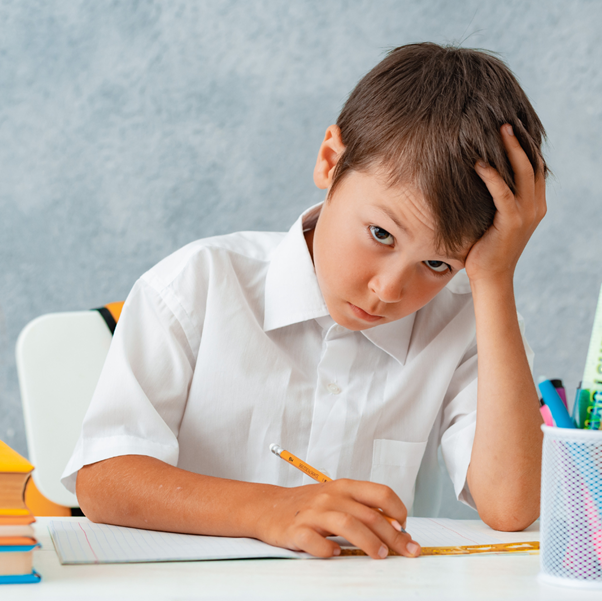People might think that social inequality is an issue of the past, but in reality, it plagues today’s world. This inequality, through economic, educational, and social disparities, is a significant problem. It is one that needs to be addressed now. While it may appear challenging to tackle head-on, there are some indicators that we can look out for. Here are eight indicators of social inequality that can give us an indication of how bad the situation is.
8 Indicators Of Social Inequality In Singapore
-
Education
Educational inequality is one of the significant indicators of social inequality in Singapore. Inequality in education can mean that some students receive more access to educational opportunities than others, with differences in schools, resources, and even the quality of teachers, forming the basis of the disparity. Even something as minor as a lack of access to technology can be a major hindrance for lower-income students, leading to a lack of basic knowledge and skills that can affect the student’s life.
-
Economic Opportunity
Economic opportunity is a crucial factor to consider when looking at social inequality. One can see it in several forms, such as access to employment opportunities, availability of capital, and average wages earned. A lack of economic opportunity can be seen to particularly affect lower-income individuals, who may not be able to access the same resources as those of a higher-income status.
-
Civic Engagement
Civic engagement, or the participation of citizens in public life, can be seen as an indicator of social inequality. A lack of civic participation can mean that those of a lower-income status have less access to the political system and, in turn, have less ability to influence policy decisions. It can lead to further economic disparities, as well as further inequality in educational and social opportunities.
-
Physical Health
Physical health is an important indicator of social equality as disparities in physical health can lead to further inequality in educational and economic opportunities. Poor healthcare and access to healthcare are major causes of physical health disparities and can hold those of a lower-income bracket back from accessing education or economic opportunities.
-
Mental Health
Mental health is often overlooked when it comes to social inequality, but it’s an important factor to consider. Disparities in mental health can lead to further disparities in physical health, which, in turn, can lead to further social inequalities in education and employment.

-
Residential Areas
Residential areas often play an important role in social inequality, as disparities in residential areas can lead to disparities in educational and economic opportunities. Those who live in lower-income areas often have less access to resources and educational opportunities than those who live in higher-income areas. It can lead to further social inequality in educational and economic access.
-
Access to Resources
Access to resources, from educational resources such as books, to economic resources such as start-up capital, can be a major indicator of social inequality. Those who lack access to resources may find themselves unable to take advantage of educational and employment opportunities, leading to further inequality.
-
Discrimination
Discrimination is, unfortunately, still a major factor in social inequality. From discrimination based on gender, race, age, religion or sexual orientation, it can be seen that discrimination can play a major role in the way men and women are treated in the workplace and educational institutions. Discrimination, whether it be in the form of unequal pay or lack of hiring opportunities, can be a major source of social inequality.
While these indicators of social inequality can be hard to tackle head-on, it’s important to be aware of them. The first step in tackling social inequality is to recognize it and take steps towards addressing it. We all have a responsibility to help create a more equal and just world, and this starts with understanding the indicators of social inequality.
Reach out to your local representatives and ask what they’re doing to fight social inequality. Join in the conversation. Attend local events and meetings that deal with inequality. Vote for leaders who have a record of tackling inequality. Don’t let social inequality persist – join the fight today! Visit The Best of You for more info.


